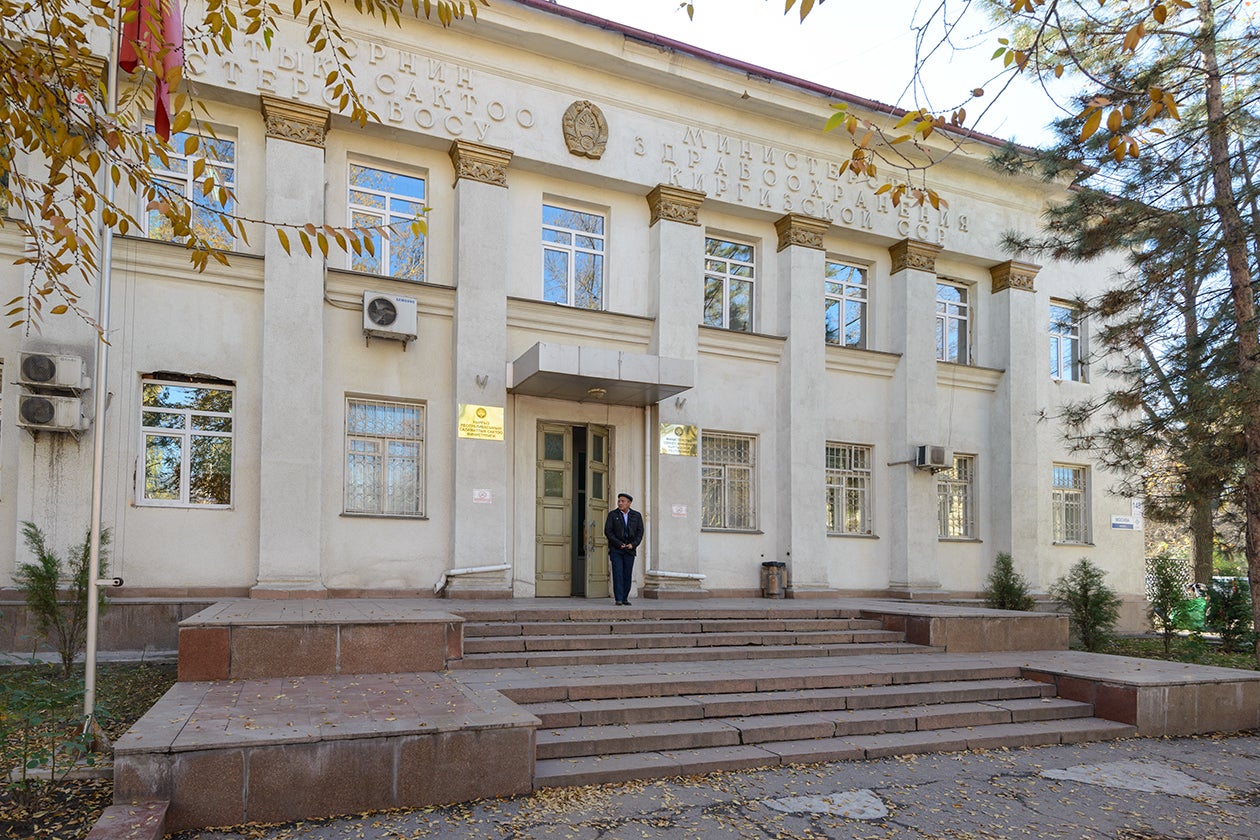Key Points
Donor engagement:
Donors development organizations provided wide-ranging and sizable financial and technical support, both of which the country desperately needed.
Sequencing of health reforms:
In the health sector, where the reform was almost total, the government sequenced pieces of reform in strategic ways instead of trying to do everything at once.

Many of the critical donors in the Kyrgyz Republic's story had a solid presence in Bishkek, where they worked hand-in-hand to design and deliver interventions.
©GATES ARCHIVE / MAXIM SHUB
